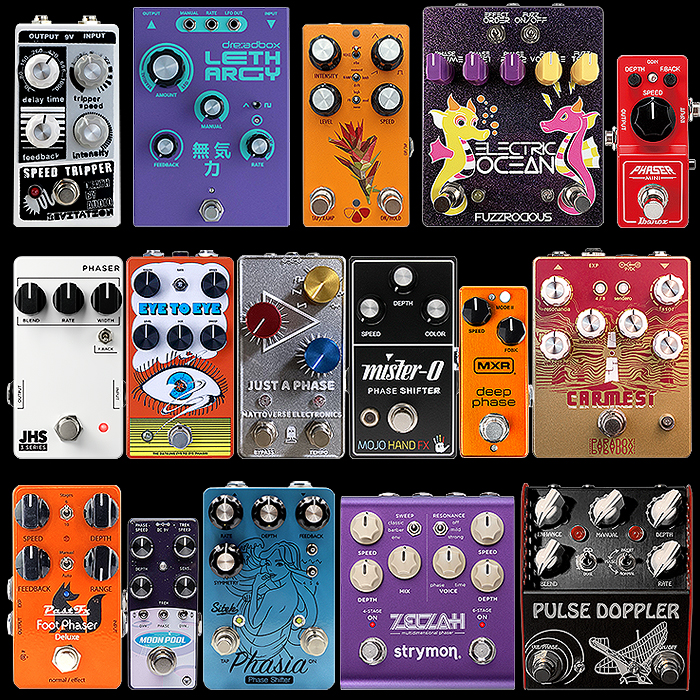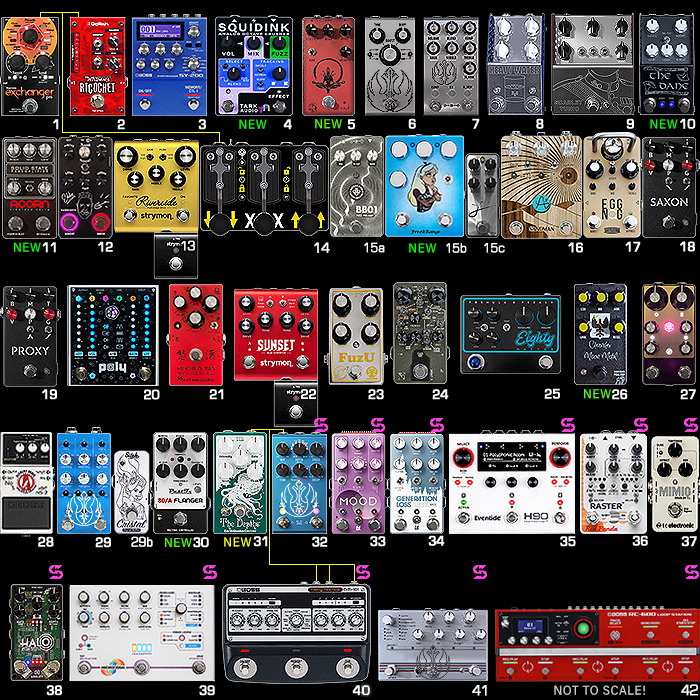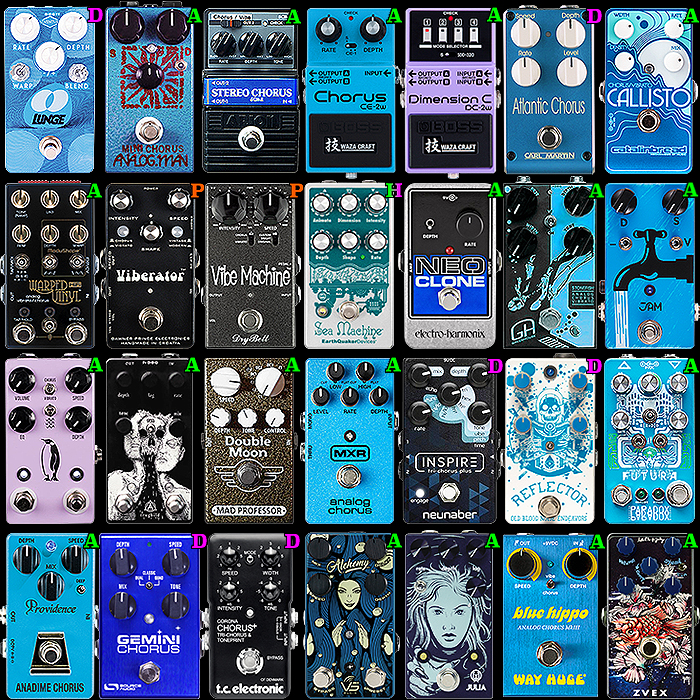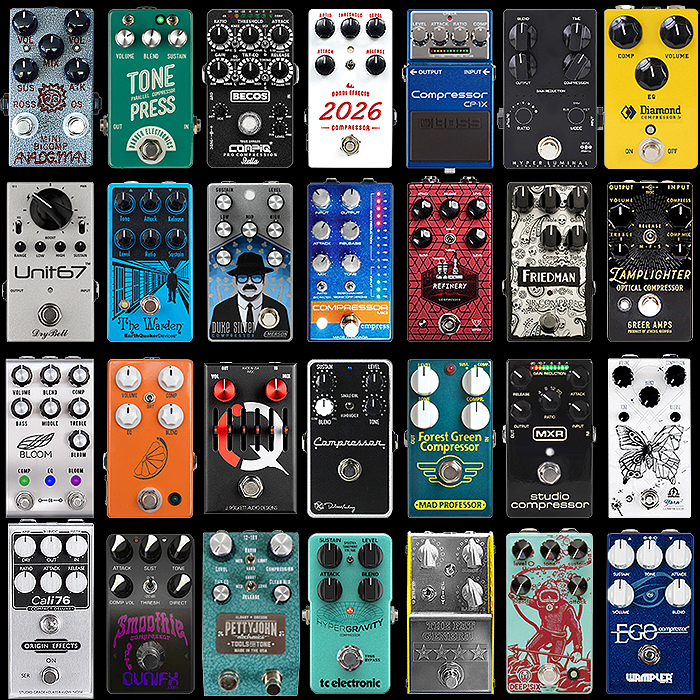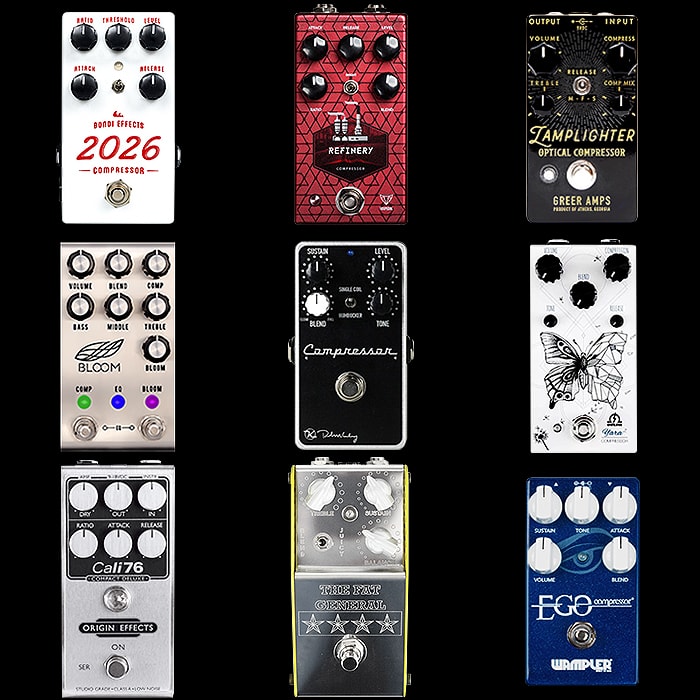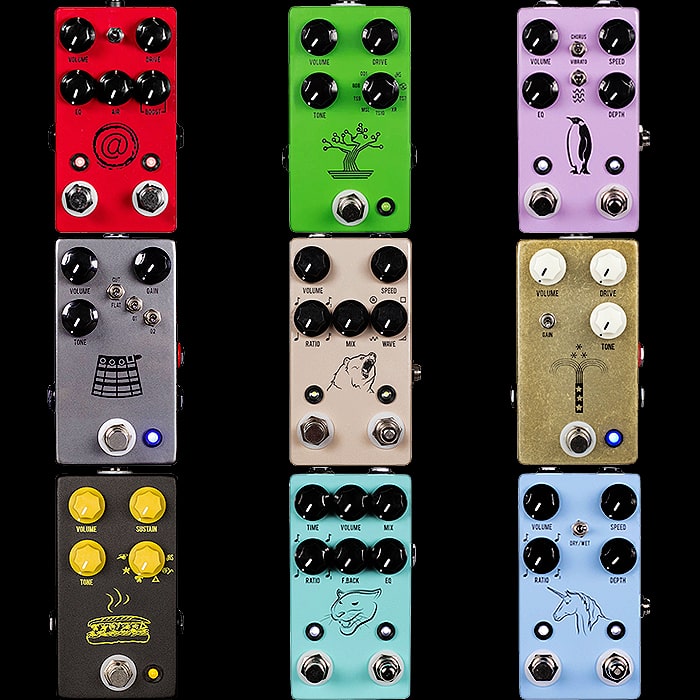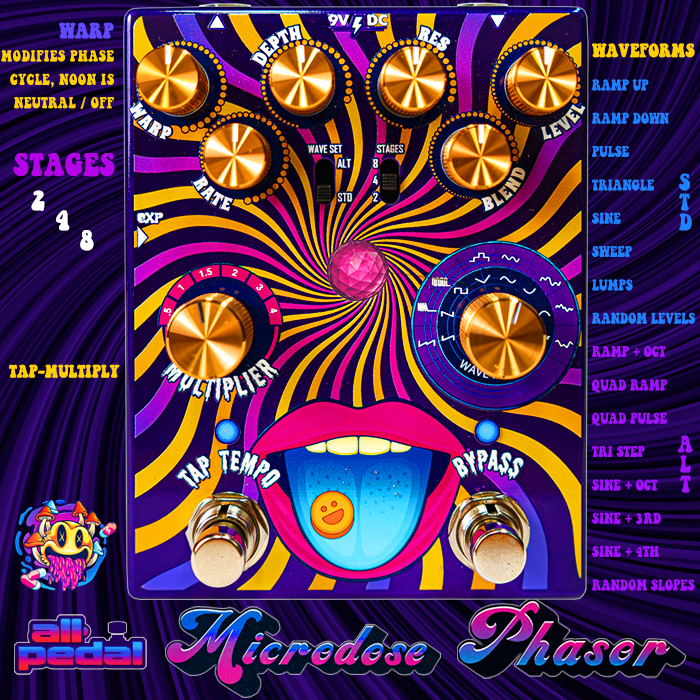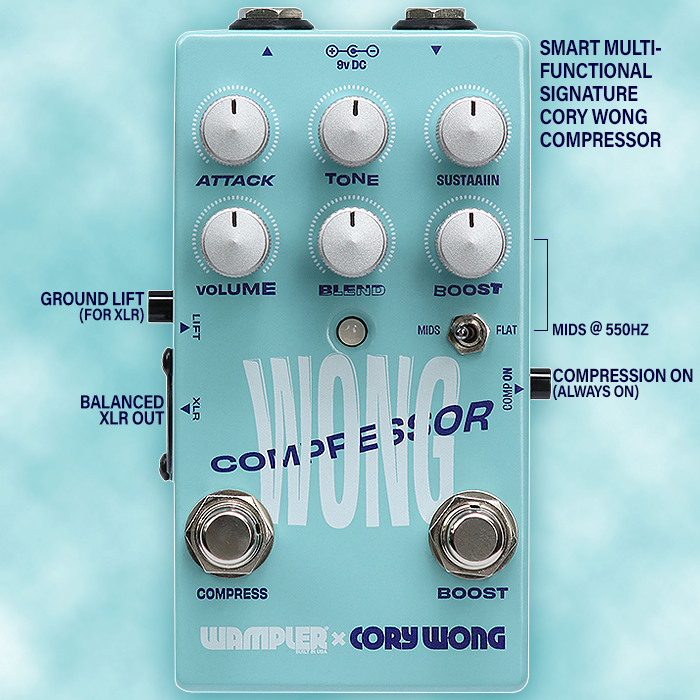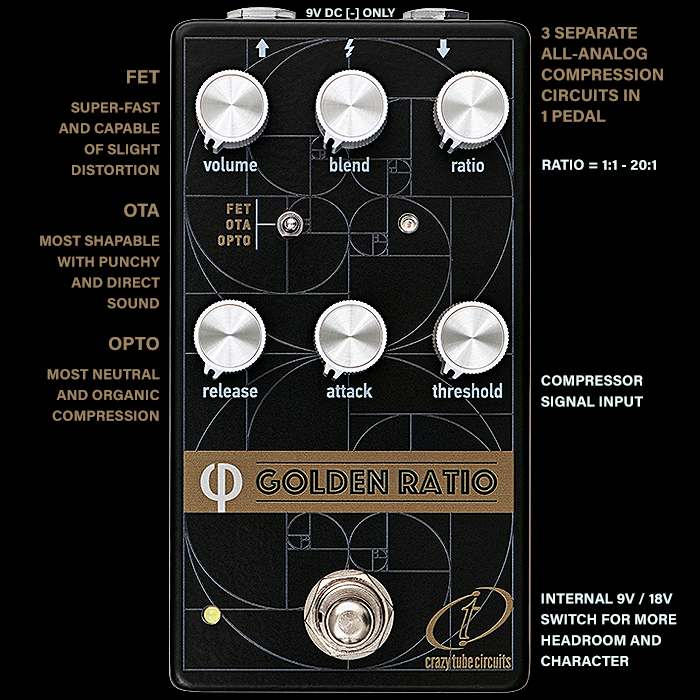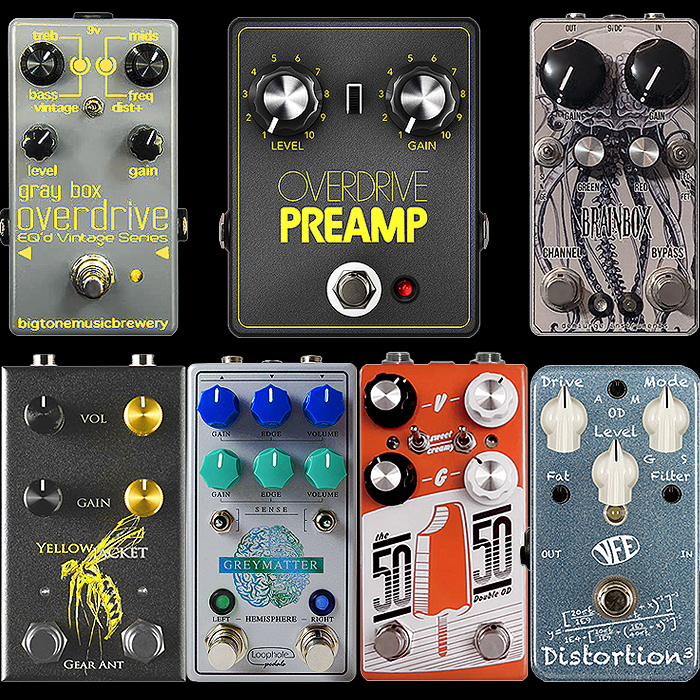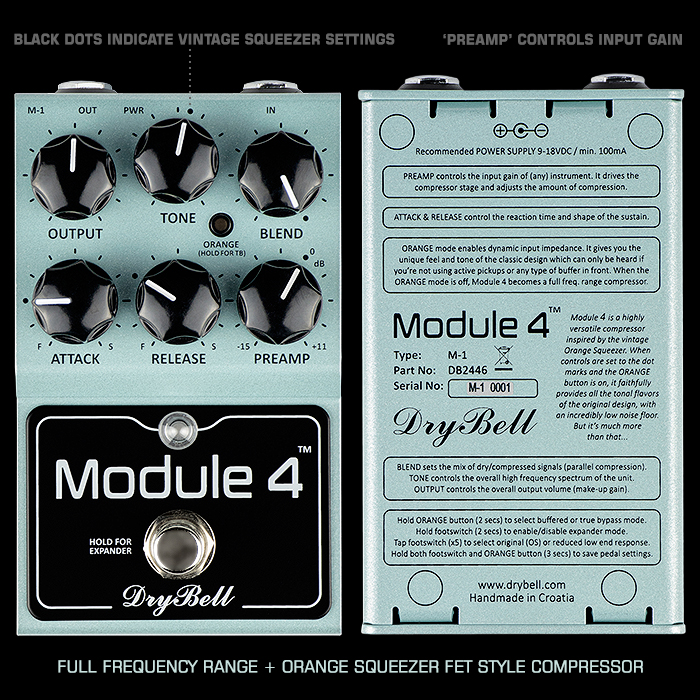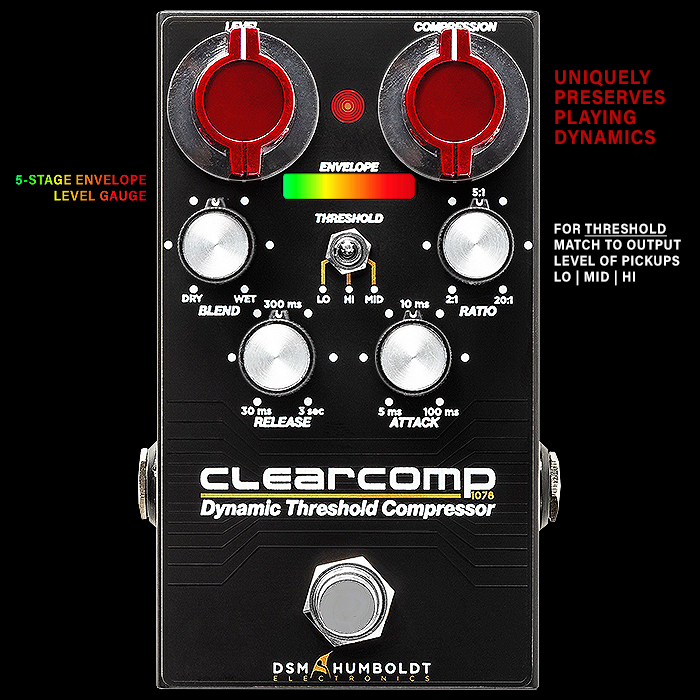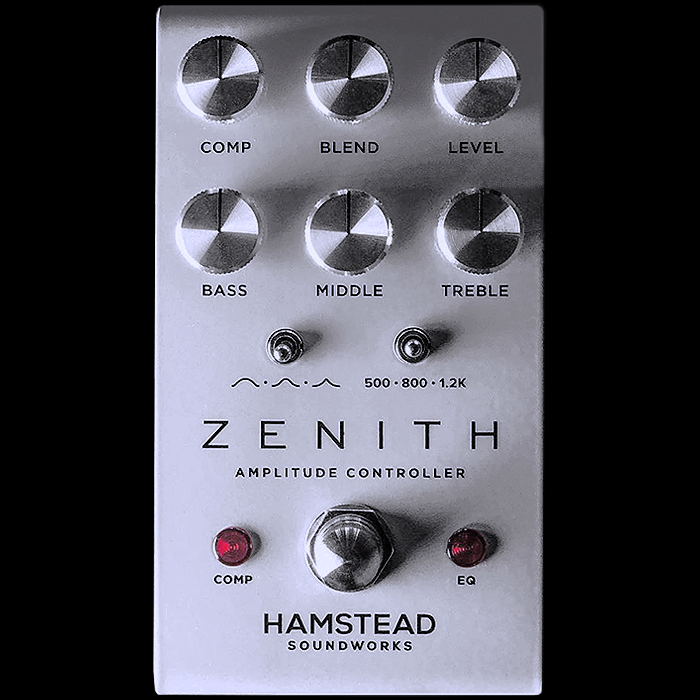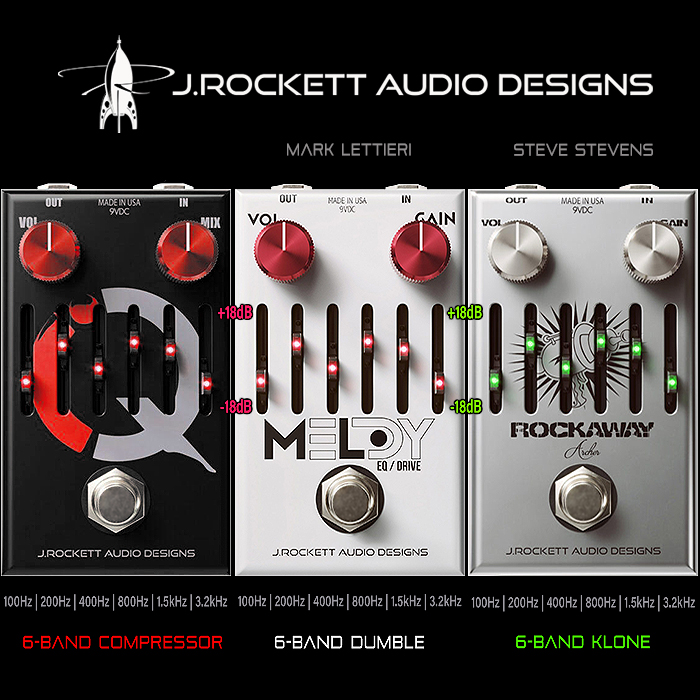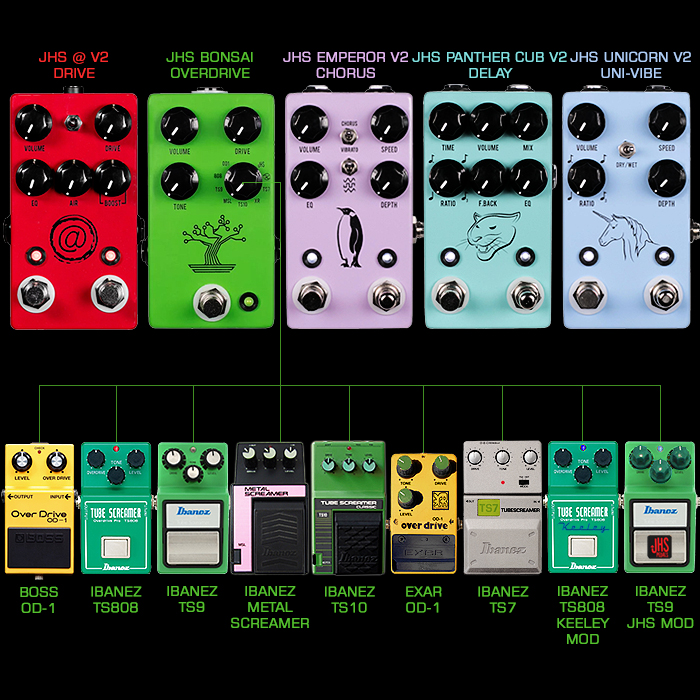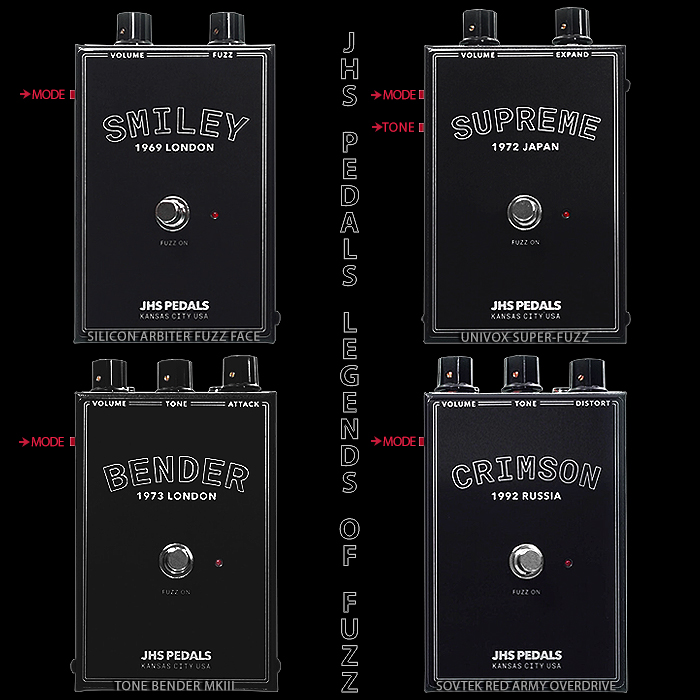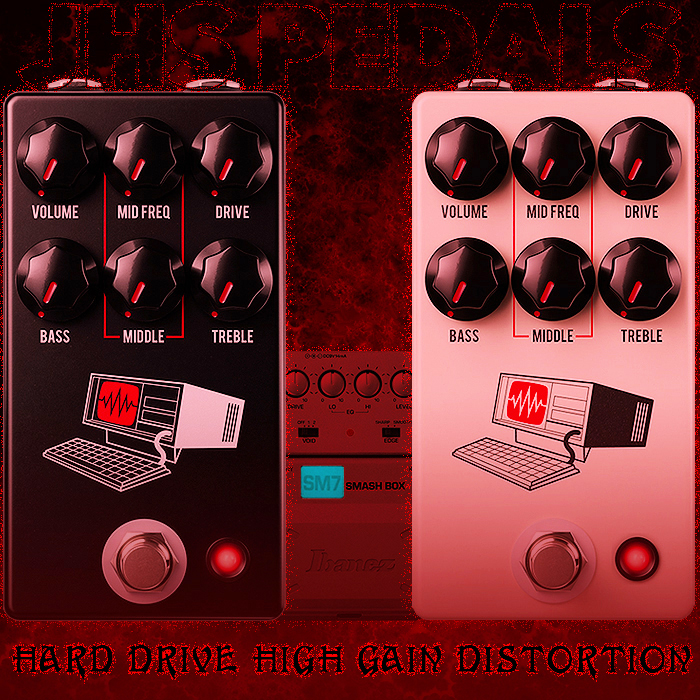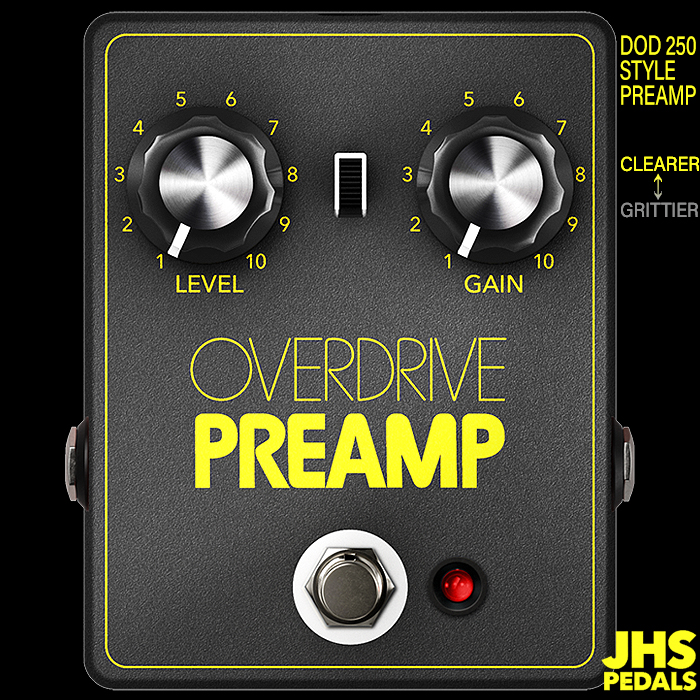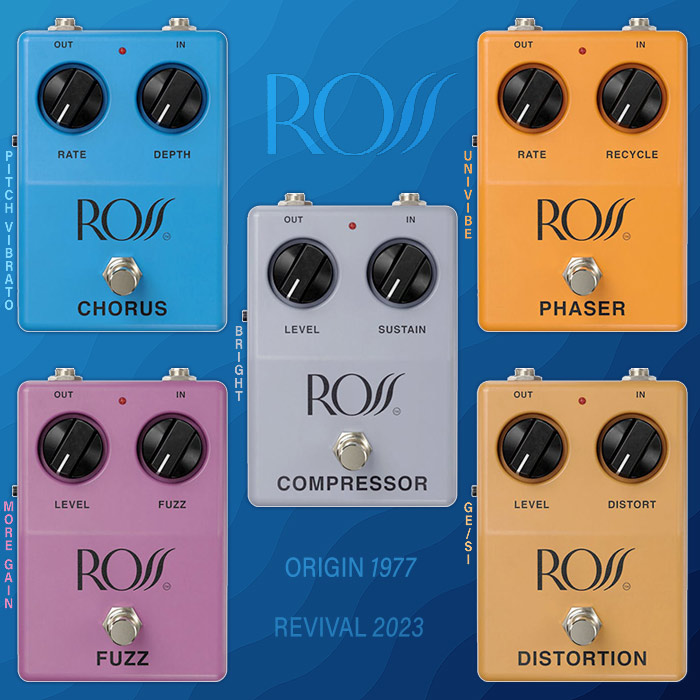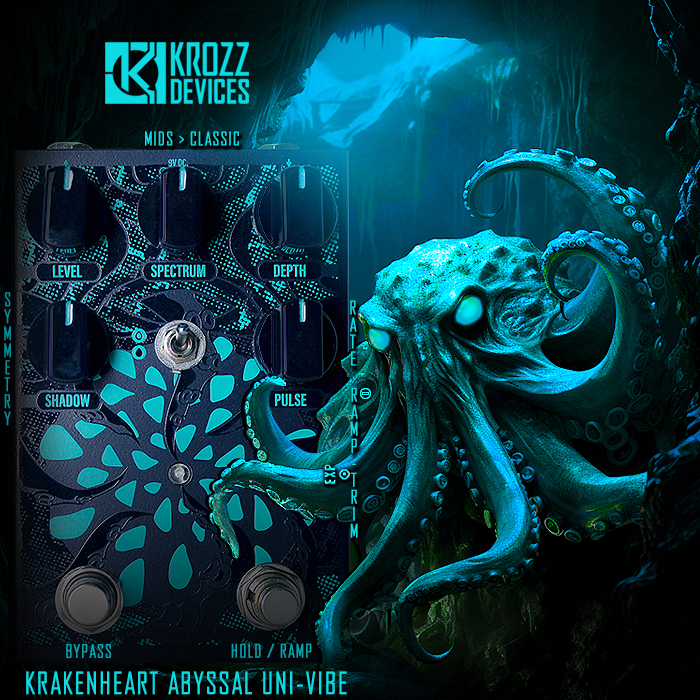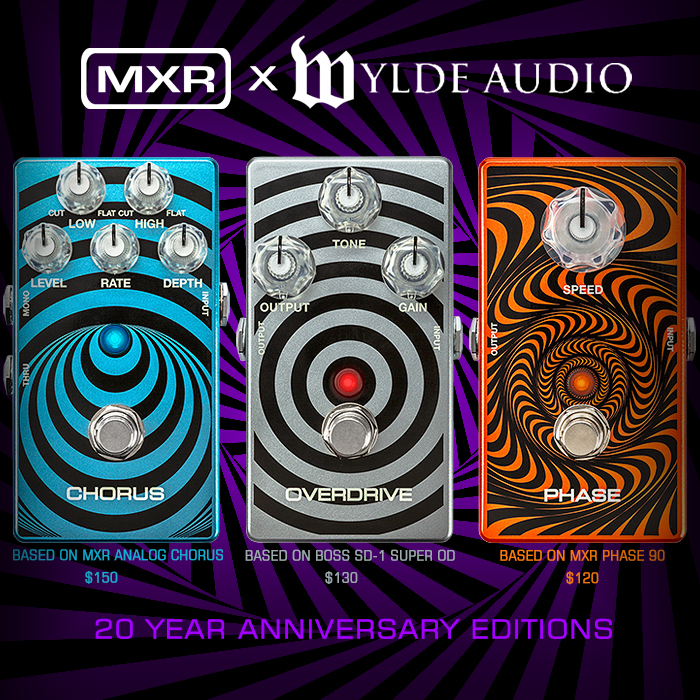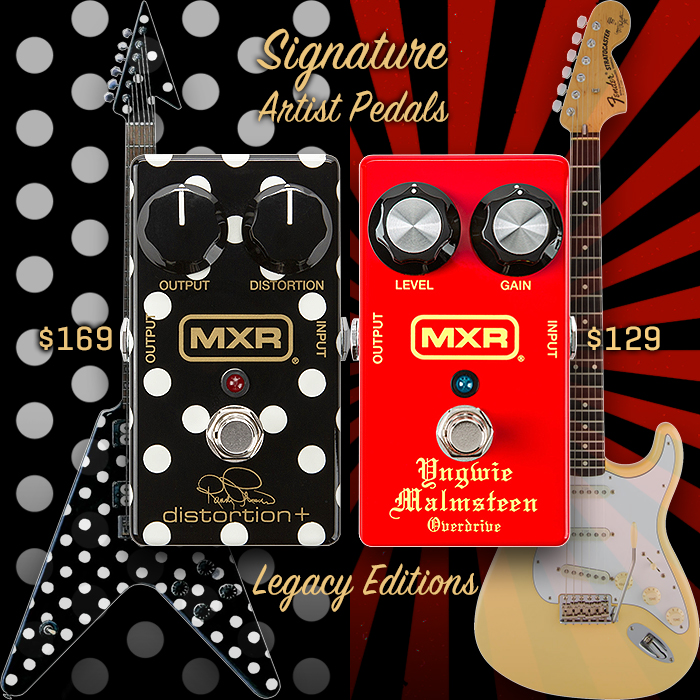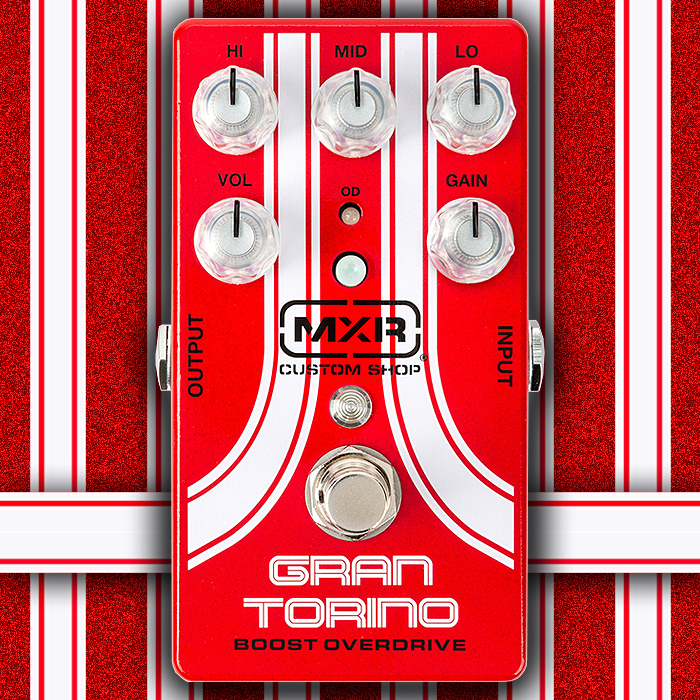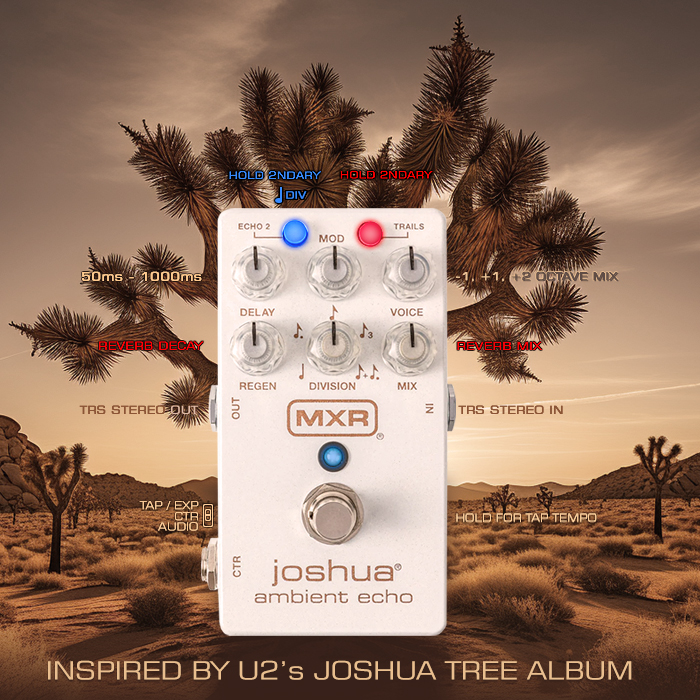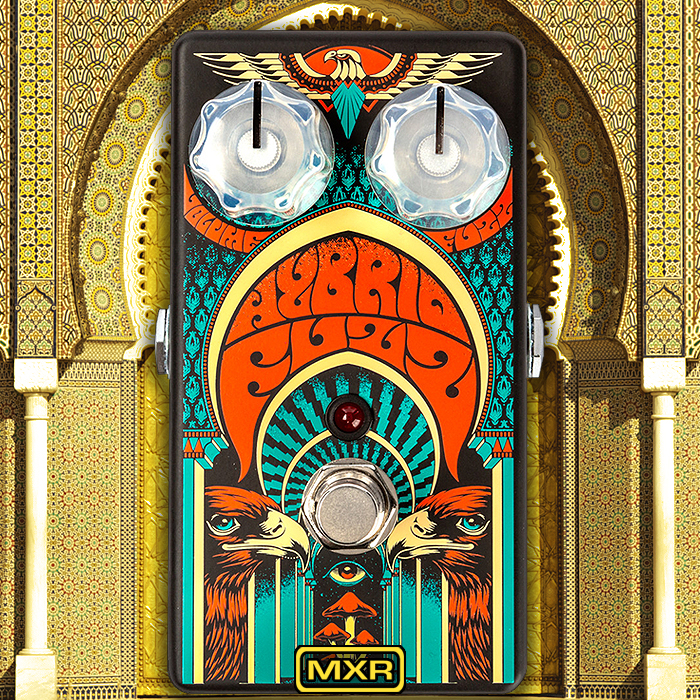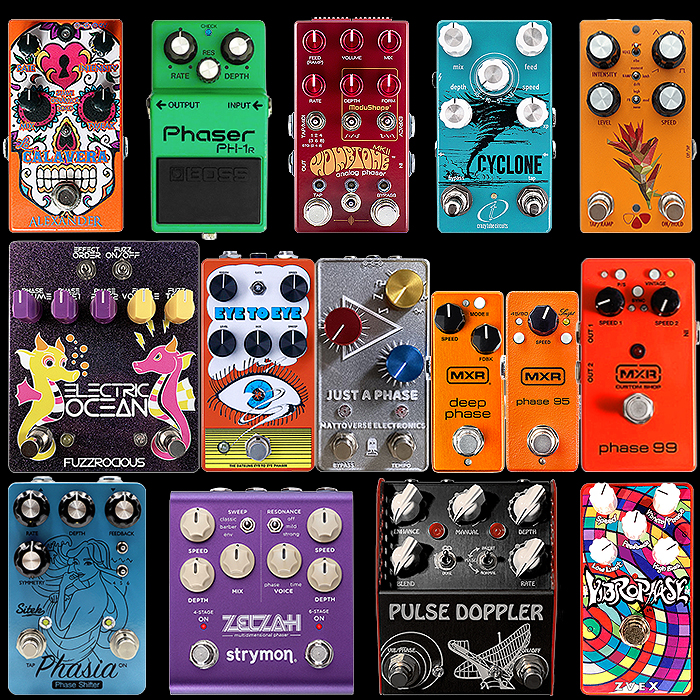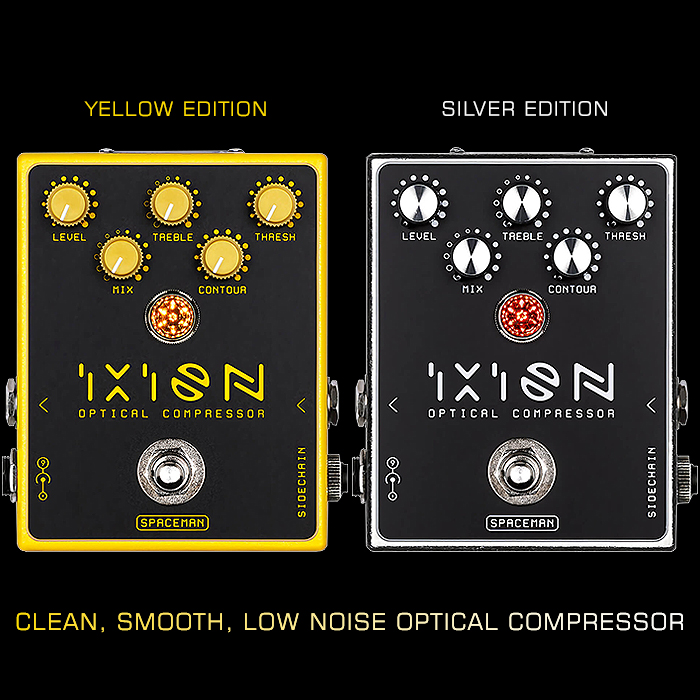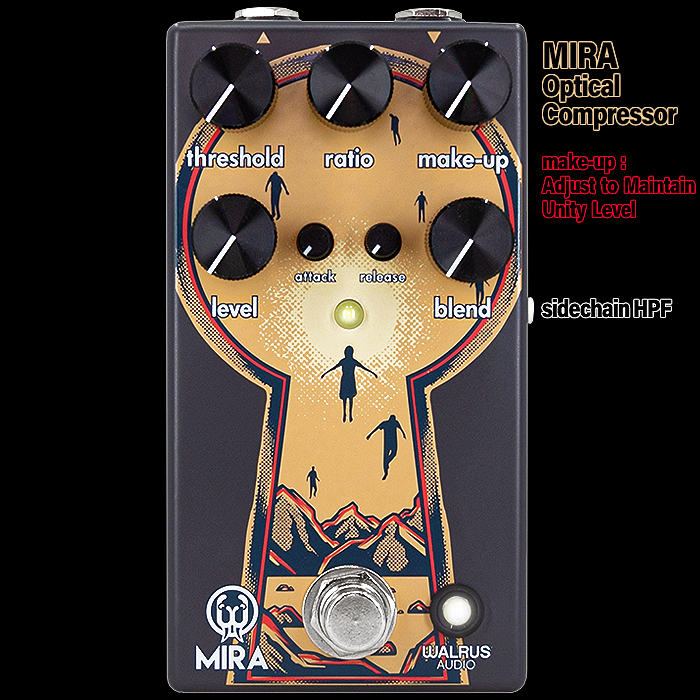A fair and balanced contemporary appraisal of the new Ross Pedals versus their MXR sort of equivalents
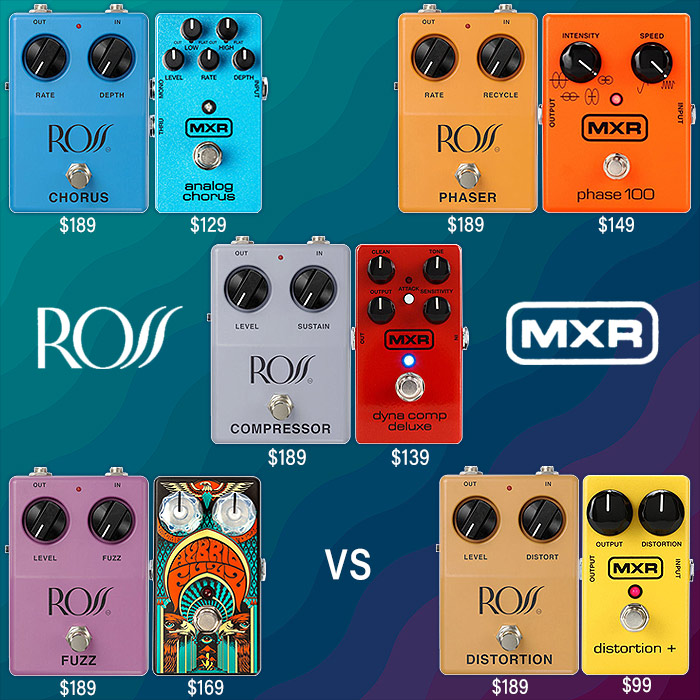
Revisionist history is all pervasive these days - with overly romanticised and fantasised origin stories somewhat lacking in total ’nothing but the truth’ saliency. I witnessed many a healthy debate recently where some people were citing the JHS videos as some sort of wholly impartial official factual record of that time - rather than the cleverly scripted promos that they were. Of course there was a veneer of realism to them, but no proper mentions of the original motivations or business opportunism of those brands and leading personas.
Now this is certainly not a dig at Josh Scott and JHS Pedals - where I think they did a superb job of replicating the spirit of the Chanute Kansas 2nd Era Ross pedals - while of course there is much more to the story than is reflected in the somewhat self-confessed slightly ’staged’ promotional video - where period correct props were used to invoke that 1970’s pioneering spirit - then peppered throughout by various smart celebrity vox pops which reminisced on how some of those Ross pedals had been the earliest pedals those luminaries had gotten their hands on. Somewhat largely based on their affordability and availability throughout the USA in those heady pedal industry boom years.
On a basic level these 5, or core 4 really are all brilliant replica projects - and a big part of the cost of those new pedals is the tooling that went into creating those beautiful period-correct recessed enclosures. The exterior detailing is superb - but we’ve had no peaks at the inner workings - which I imagine look quite different to the original 2nd Era pedals. This does not have the exactitude or verisimilitude of the Marshall 1988 / 92 actual reproductions where every part was authentically reproduced. Here the enclosures are somewhat authentically period correct - while I believe the internals are likely far from it!
There’s obviously a limiting factor too in just having 2 fully variable knobs (and a push-button option switch on the side). Meaning you can really classify those as not being wholy fully authentic (vs the Marshalls) - but having some slight added modern versatility about them.
So the JHS ’inspired by’ Ross replicas are most reminiscent of last year’s Orange Amps own 1977 trio of pedal revivals. Those had pretty close period-correct enclosures - same as for JHS with the modern concession of top-mounted jacks - while their internals were even further removed from the source. Where there is much about their origin which is similar to the Ross story - in terms of business opportunism.
Outside of America though and beyond the grey Ross Compressor, Ross was never a household name really, nor was Bud Ross’s Kustom Amps predecessor brand. It has to be mentioned that Bud was first and foremost a business entrepreneur and opportunist. He wasn’t really all about creating the most original audiophile devices really - but rather capitalising on big-selling trends.
When he jumped into the Ross Electronics gig - there was a pedal boom on at the time - and he thought that there would be gold in them thar hills. While just a handful of years later he abandoned the industry for other seemingly more lucrative sectors - as he didn’t feel that he was making enough money from pedals!
Much has been made of the early Trade Dress dispute - but that was mostly because that was the easiest way to take someone to court - you could not really carry the case on the similarity of circuit internals - while it’s well known that Bud Ross and associates copied MXR almost to a fault at the very start, and that his Compressor, Phaser and Distortion pedals in particular were really just replicas of what MXR was already doing with its DynaComp, Phase and Distortion+ pedals at that time - with just a few tiny parts differences. That said he did employ a pretty clever engineer at the time - one Dave Smith - while most concede that those earliest pedals were incredibly close to MXR - the market leaders of the time.
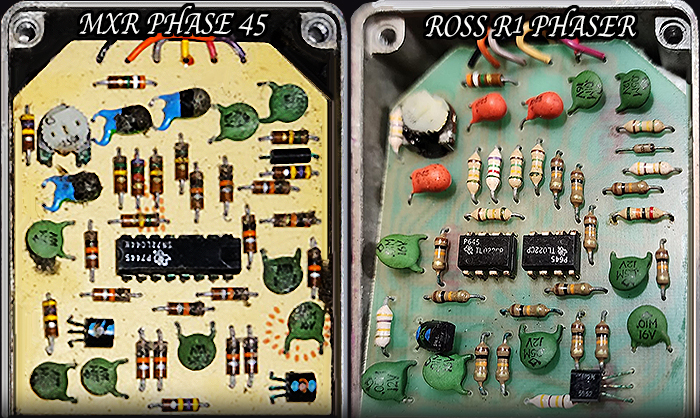
A good case in point is the above visual - which pictures I grabbed from Reverb.com - which show the insides of an early MXR Phase 45 next to an early Ross R1 Phaser - yes some of the components are slightly different - but the Trade Dress and the Circuit Layout are so very close - this is not just 'inspired by' at that time - this is full-on plagiarism! Over time though Ross Electronics evolved and did more of its own thing and made its circuits more individual and unique, while there's an interesting line from the Reverb.com coverage of the 2019 Ross Audibles launch :
"While vintage MXR Dyna Comps are desirable and collectible in their own right, the Ross Compressor outstrips these factors by a long shot, further proving that you need only change a few components within any relatively simple effect circuit to alter the results in a positive and desirable way."
Ross vs MXR

So a slight sticking point for me was the $189 price point of the new Ross Pedals - which is totally understandable from the custom tooling perspective, but not necessarily the long-term competitive and in-context retail perspective.
It's great to see the Ross pedals next to their sort of near equivalent current MXR competitors - and you can see that the replica enclosures with their top-mounted jacks are largely pretty equivalent in width footprint versus MXR's pedals with still side-mounted jacks.
In some areas you do get significantly more bang for your buck from MXR - but it's not always about the ticket price.
I thought it would be interesting to compare near equivalents for each and for me to decide A/B which I would rather have! You can by all means do the same exercise! Note that I used both pricing and functionality criteria here - where you would really have to say that the new Ross pedals have 3-controls - so that the visually similar 2-knob MXR's aren't properly equivalent - which is why I've often used the pricing equivalent ones more often! Note that all pricing in this article is taken from Sweetwater. Normally when I quote pricing I mostly reference Sweetwater for $, Andertons for £ and Thomann for €!
Ross Chorus vs MXR Analog Chorus - I think I would definitely go for the greater granularity of the MXR here - and save $60 too!
Ross Phaser vs MXR Phase 100 - You can really see how cool the Ross enclosure is here in comparison to the wider sort of 1590BB MXR - I love the fact that the Ross comes with a Uni-Vibe voicing - the Ross Phaser takes the win here therefore even though it's $40 more.
Ross Compressor vs MXR DynaComp Deluxe - a really tough call here - the Ross has the Bright Mode - while the MXR has Clean Blend and greater granularity - including a Tone Control (can go Bright too!) - would probably take the DynaComp Deluxe and save $40!
Ross Fuzz vs MXR Hybrid Fuzz - the MXR Hybrid is already on my wishlist - more of a classic Fuzz - while the Ross Fuzz is more of a distortion in some ways - tough call - but would probably lean more into the Hybrid Fuzz - and save myself $20.
Ross Distortion vs MXR Distortion+ - I really like the idea of Germanium and Silicon clipping modes on the Ross Distortion - even though the MXR Distortion+ is half that price - would probably go for the Ross Distortion here at a near $100 premium!
So for my preferences I'm slightly leaning more into the MXR options her e - which are all more aggressively priced and mostly a touch more compact. I would never have guessed that the Ross Phaser and Distortion would be my likeliest buys from that camp - while still probably a fairly remote probability. I'm definitely still going through a Uni-Vibe phase though these days!
I know some of you really liked the Ross Fuzz - which is such a weird anomaly here as a truly inauthentic pedal as far as its proper pedal pedigree goes. And for me the Kustom Amps connection is still a touch tenuous in the pedal context - particularly in terms of replicas. That said, Kustom Amps engineer Fred Harris was definitely a somewhat genius of the time - so it's nice to be able to get a flavour of his work. That said - surely the Kustom Amps cannot have been that iconic - as there are no replicas or tributes of those nowadays that I'm aware of - if they were really that great - would we not be seeing some pedal preamps of those particular flavours?
I totally understand the $189 price point from a costing and manufacturing perspective - but overall this is still very much a nostalgia surge - and I would be interested to see figures for the rest of the world. I feel there are much better version of each of these effects types out there already - even at similar price points. I actually really like the shape of the enclosures and in particular the recessed cavities - but the form-factor overall is really extremely limited - much like many of those one-knob pedals - some of which work fine - but very few of which have proper versatility and granularity. I kind of have a similar issue with Tru-Fi pedals - where you can only logically fit 3 knobs and one footswitch on the front facia - and anything else has to go on the edges!
I'd be interested to hear from those of you which have acquired some of the new Era Ross's and if you've done head-to-heads with other pedals of similar lineage. Even though the Ross pedals have moved on quite a bit since their earliest copycat roots - there's still a pretty straight line back to MXR as far as I'm concerned! I still feel that Ross very originally was built on its being similar to MXR at the time!
There's a sort of parallel here to Hershey and the American chocolate wars - and how the cheaper and longer shelf-life Hershey bars benefited from WWII longevity which meant that American chocolate was then mostly made with those slightly waxy and bitter milk solids for evermore! The rest of the world still doesn't get it to this very day - for us Europeans in particular - American Hershey-style chocolate is somewhat waxy, gritty, industrial and artificial tasting - far removed from our own superior quality chocolate products! It's sort of akin to a country mostly drinking UHT style Milk which has a very different flavour to the fresh stuff!
Key Promos and Demos



















